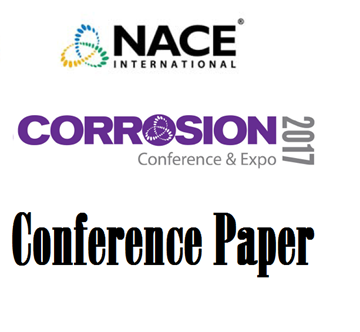Search
Respirable Crystalline Silica, It’s History, Disease and Osha’s New Standards: Understanding the New Regulations
Also Purchased
Repair Coatings for TSA
Product Number:
51317--9369-SG
ISBN:
9369 2017 CP
Publication Date:
2017
$20.00
Regulatory Update: New and Revised Regulations and Actions Effecting the Coatings Industry
Product Number:
51219-198-SG
Publication Date:
2019
$20.00
Regulatory Update: New and Revised Regulations and Actions Effecting the Coatings Industry
Product Number:
51220-252-SG
Publication Date:
2020
$20.00




